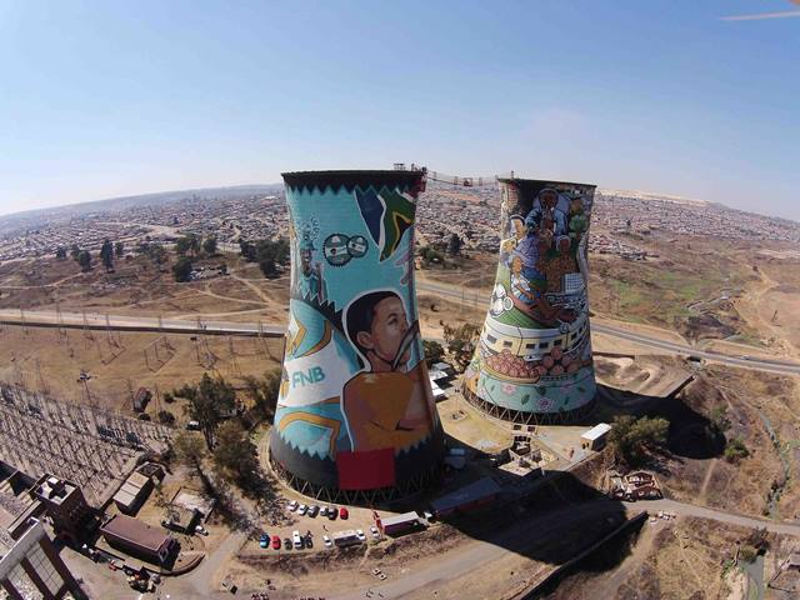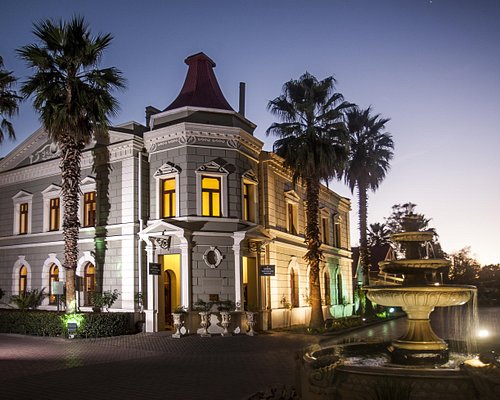The smart Trick of Johannesburg North Attractions That Nobody is Talking About
Wiki Article
How Johannesburg North Attractions can Save You Time, Stress, and Money.
Table of ContentsNot known Details About Johannesburg North Attractions The Ultimate Guide To Johannesburg North AttractionsJohannesburg North Attractions Things To Know Before You BuyThe Only Guide to Johannesburg North AttractionsTop Guidelines Of Johannesburg North AttractionsThe Ultimate Guide To Johannesburg North Attractions
The city grew on the edge of the Witwatersrand Main Coral reef, a subterranean stratum of gold-bearing quartz-silica empire that arcs for hundreds of miles beneath the Highveld - Johannesburg North attractions. Most of the gold mines in the city ceased operation in the 1970s, but in its day the Witwatersrand gold sector accounted for even more than 40 percent of the globe's annual gold manufacturing.Johannesburg has a pleasant environment. The city delights in concerning eight hours of sunshine per day in both winter season and summer season.
What rainfall the city gets falls nearly exclusively in the summer season, frequently in spectacular late-afternoon electrical tornados. Air pollution presents a substantial trouble, especially in the winter season, when thermal inversions impede the westward circulation of air from the Indian Ocean. Pollution is most serious in the largely resolved Black territories on the city's periphery, where lots of locals still count on coal for fuel.

Facts About Johannesburg North Attractions Uncovered
The equilibrium of the city is inhabited by whites. Accommodation varies in personality and quality.Physical growth, although rather restricted by transportation, proceeded rapidly as migration to South Africa, and Johannesburg in particular, increased considerably.
The majority of bad residential areas were blended, with bad blacks and whites living together, although the rich residential areas were normally reserved for whites.
The previous system of eleven phoned number areas was reorganised in 2006. Marshalltown, as seen from the top of the Carlton Centre. The M1 and M2 run behind the buildings, and the southern suburban areas extend past the freeway limit. The inner city of Johannesburg is located within the city's Area F. The number of people living in the inner city on a casual basis is unknown, as numerous are prohibited immigrants. The joblessness, education and learning, and age profiles of the area are all unidentified, due to the trouble of getting trusted details about the location.
The Definitive Guide to Johannesburg North Attractions
Centred on the CBD, the area includes the suburbs of Yeoville, Bellevue, Troyeville, Jeppestown, and Berea to the eastern. To the west it infects Pageview (Johannesburg North attractions) and Fordsburg. There are little enterprise zones to the south, such as City West-Denver and Benrose. Around 800,000 travelers pass via the central city on a daily basis, and it operates as a local buying node for site visitors from the southern suburban areas. Yeoville and Bellevue have a mix of apartment or condo structures and solitary residential systems on tiny lots. The area is situated on a hilly divide that her explanation runs from eastern to west.
Johannesburg Stadium, a training school for both the Golden Lions and Orlando Pirates, is nearby. The eastern residential areas of Johannesburg lie in the city's 7th [] and 9th [] regions. The location is likewise functionally incorporated with East Rand border communities beyond the main boundary of Johannesburg, such as Bedfordview and Edenvale (both part of Ekurhuleni Metropolitan Town).
The 3-Minute Rule for Johannesburg North Attractions
R. Tambo International Airport). The eastern residential areas are several of the earliest areas of Johannesburg, there are large communities of Jewish and other European backgrounds, the majority of the populace is English talking. There are 3 fairway as well as a variety of safeguarded ridges with viewsites. There are a number of strong and up-market entertainment and buying locations in the east such as the Eastgate Shopping Center and the Greenstone shopping centre.The location is mostly composed of old "matchbox" houses, or four-room residences developed by the federal government, that were built to supply cheap lodging for anonymous black employees during racism. Soweto is an acronym, standing for "South Western Townships". Road after road in this field is lined with matchboxes; however, there are a few smaller locations where flourishing Sowetans have constructed residences that are a lot more comparable in stature with those in more upscale residential areas.
Hostels are an additional noticeable physical attribute of Soweto. Originally developed to house male migrant employees, many have been boosted as residences for couples and households. The N1 Western Bypass skirts the eastern border of Soweto. The suburban area was not historically allowed to produce work centres within the location, so practically all of its citizens are commuters to various other parts of the city.
The Single Strategy To Use For Johannesburg North Attractions
The N1 Western Bypass connects the northern residential areas with the north-western residential this areas. The houses in the north suburbs are mostly official, with no considerable locations of informal housing, or real estate that does not have a permanent structure. Although this is a well established location, there is a trend of land usage change from domestic to industrial, specifically along main arterial roadways and around well established nodes.The area is well linked to road networks, particularly along the north-south axis formed by the M1 and N1. Roads to the eastern and west are much less well developed, as there are no highways travelling because instructions. In the direction of the northern boundary of the city, the density of growth lowers, leaving large areas of untaught land around Midrand.
A Biased View of Johannesburg North Attractions
, which is situated on a hillside neglecting the inner city and Hillbrow.Report this wiki page